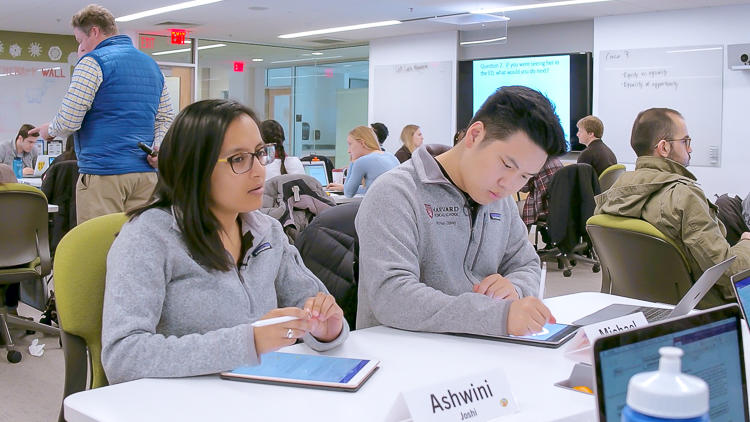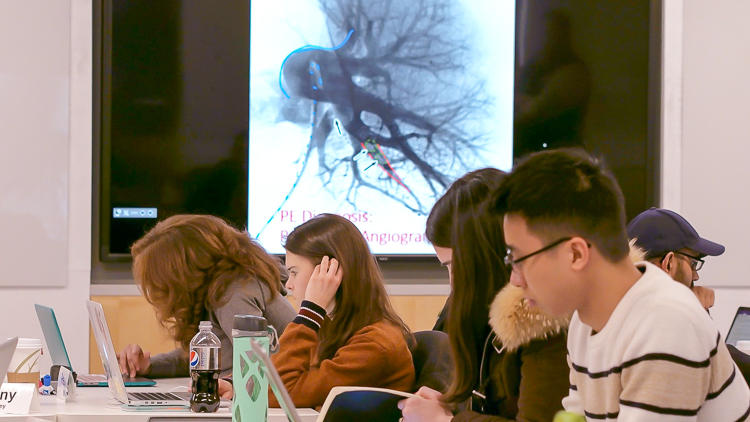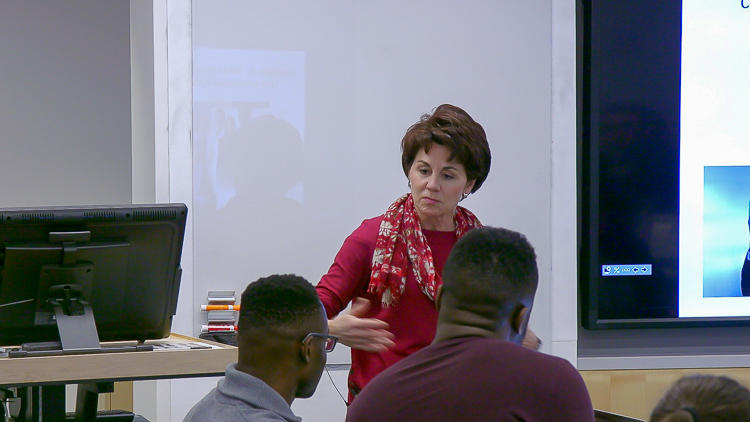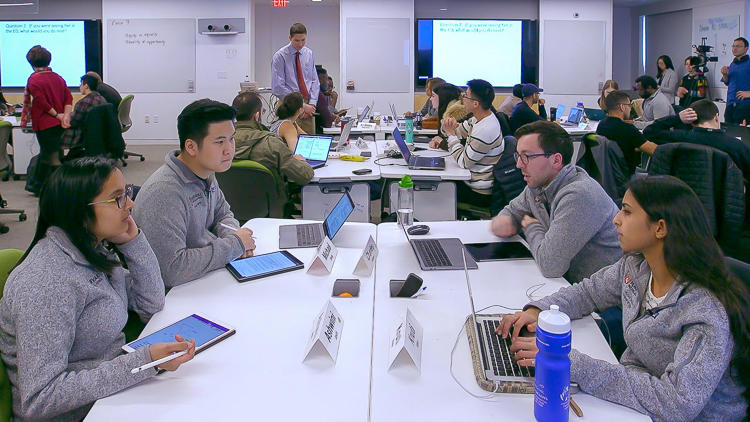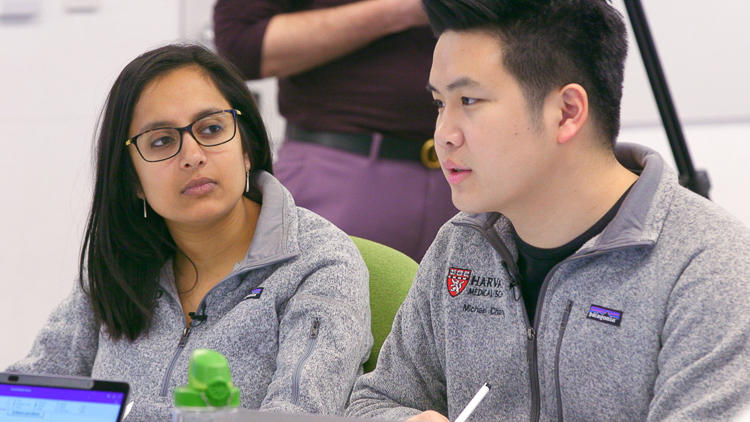Learning conceptual material in the abstract works for some students. For others, traditional lectures and textbook learning can be alienating. By contrast, Case-Based Collaborative Learning (CBCL) provides a structured, student-centered approach to learning challenging material within realistic scenarios from the field. In the CBCL classroom, students identify and wrestle with concepts as they appear in reality. In the true-to-life, well-crafted case, these concepts may be buried amid relevant and/or irrelevant details. In the field, concepts rarely surface in “textbook” form, and problems of practice are increasingly confronted by teams of professionals who bring different levels of expertise to a given situation. Accordingly, Case-Based Collaborative Learning presents student groups with relevant field-specific puzzles and affords them a clear structure for solving these puzzles. Students work through complex material together, apply the concepts they gleaned individually the night before, and reach new understandings as a group.
How do we craft cases and structure students’ experiences of them in a way that avoids straightforward answers, invites debate, and encourages collaboration? Given that cases are likely to stimulate many questions from students, how do we help them to progress in a case without quelling their curiosity and enthusiasm? How do we foster safe learning environments that value students’ diverse academic backgrounds and afford them the flexibility to wrestle with course material in context? In these videos, featured instructor Dr. Barbara Cockrill discusses her approach and strategies for using case-based collaborative learning with first-year medical students.


